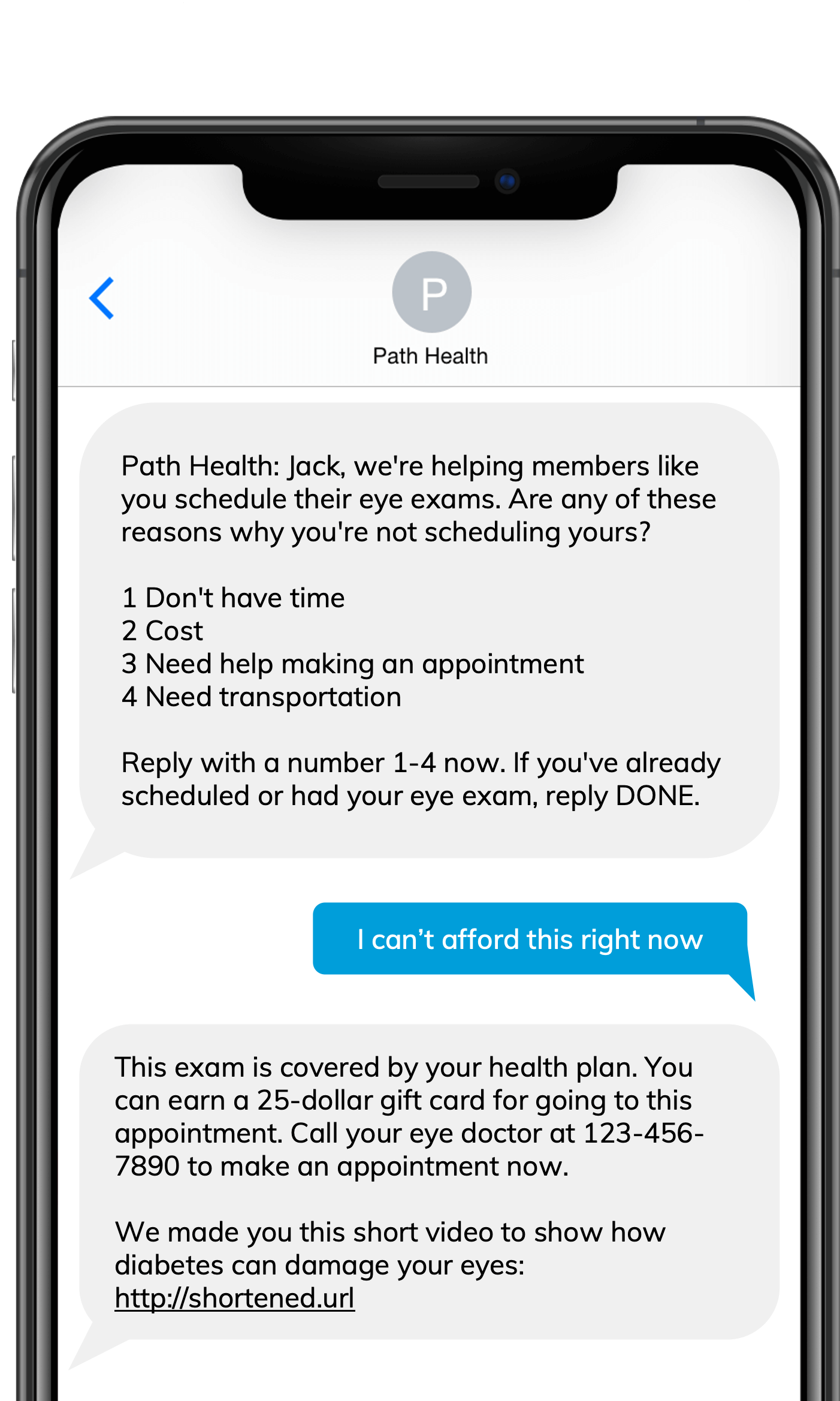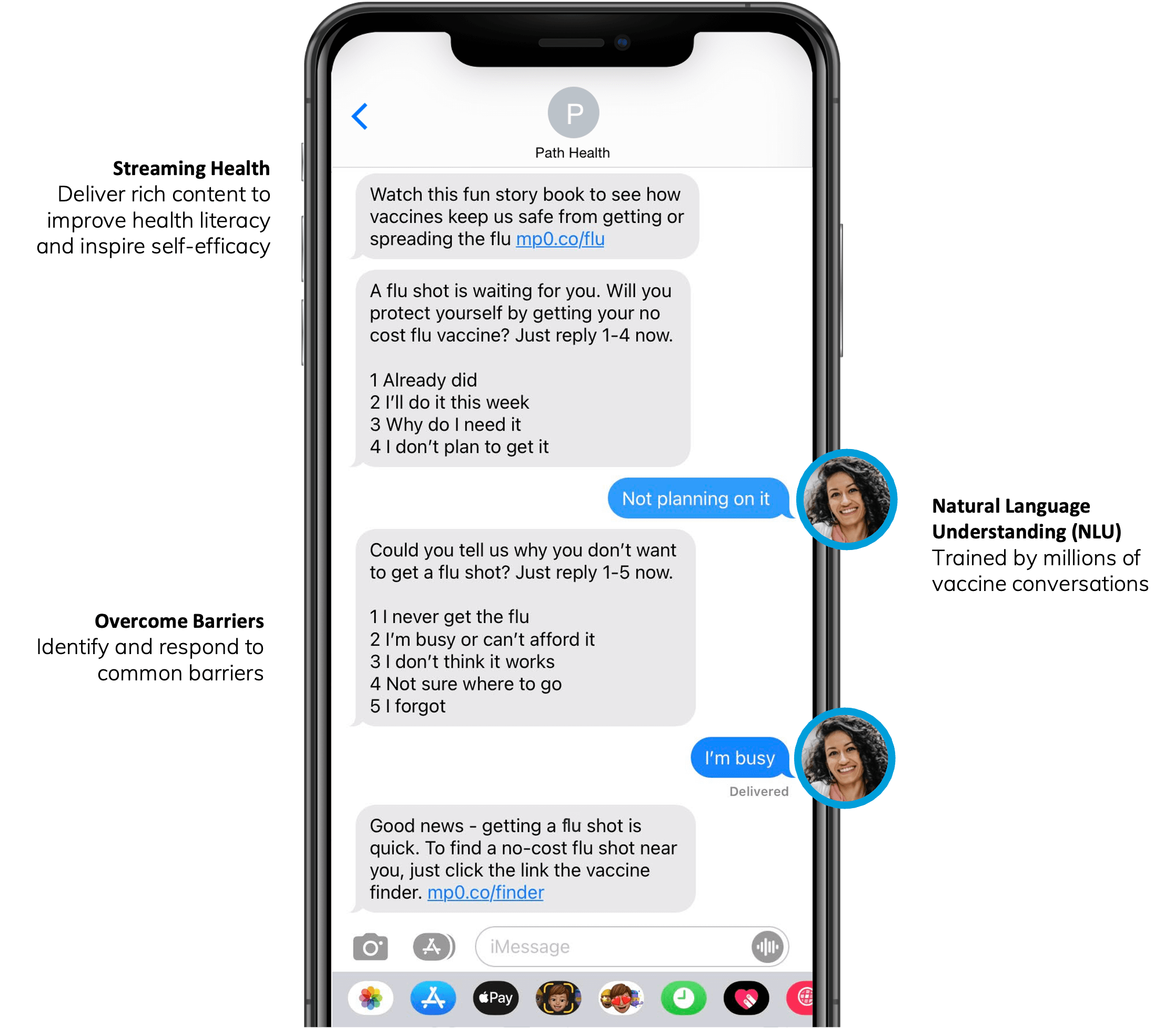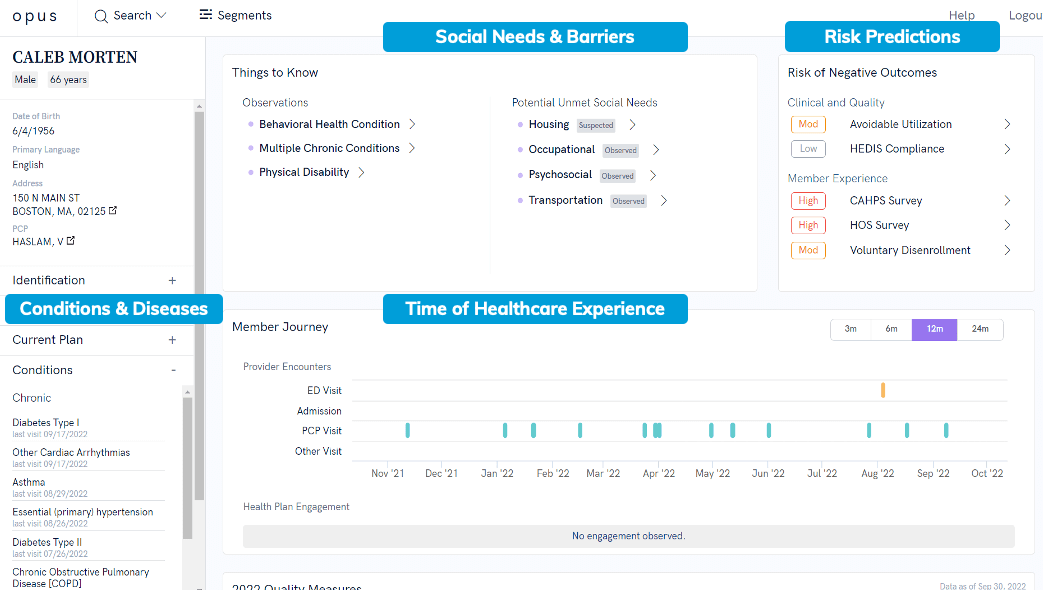With the launch and rapid adoption of OpenAI’s ChatGPT, the topic of artificial intelligence has entered the zeitgeist, sweeping headlines, startup funding announcements, guidance from the White House, earnings calls, and trade conference floors at an exponential rate.
While artificial intelligence (AI) has been used for decades within healthcare and medical contexts, there have been significant advancements in AI systems’ scale of data analysis, algorithm capability and neural network complexity, expanding AI into a multitude of forms and applications.
AI-powered products are now more widely accessible than ever before and touted to offer transformational impacts to healthcare and life sciences, across a variety of use cases from identifying operational efficiencies through predictive analytics in diagnostics, to speeding drug molecule discovery for clinical trials and reducing pharmaceutical research and development costs.
How is AI Applied in Preventive Care?
Preventive care has become an increasingly important area of focus to reduce hospital admissions and increase the probability of positive health outcomes. This is especially critical when working with those who are impacted by chronic conditions or experience health inequities.

AI offers the potential to help the healthcare industry make further strides in preventive health by providing organizations with data-driven insights about the populations they serve and dynamically overcoming member and patient barriers to care at scale. By leveraging various types of AI, healthcare organizations can expand staff capacity and augment skillsets to amplify their preventive care initiatives.
For example, health plans’ member service call staff are often inundated with inbound calls and high wait times, resulting in member dissatisfaction and abrasion. By applying intelligent digital solutions, powered by conversational AI to scale automated outreach, call centers can extend their capacity for member support. Conversational AI technology, which simulates human conversation through natural language understanding (NLU), can be used to:
- Address member and patient barriers to taking health actions
- Answer common and frequently asked questions about benefits and plan operations
- Deliver patient resources for upcoming preventive screenings
Predictive analytics that leverage AI and machine learning (ML) to analyze existing data and predict possible outcomes can support healthcare organizations by analyzing large historical data sets, from claims to health status data and provide predictions for risk levels across their population. This form of AI significantly reduces the time it takes to get from data to insights and can help inform preventive health strategies and resource allocation based on risk stratification.
Another type of AI, generative AI, can also assist in preventive care practices by expanding healthcare staff skillsets and reducing administrative burden. Generative AI is powered by large language models (LLM), deep-learning, and probabilistic algorithms. It processes unstructured data to anticipate, then generate content. Microsoft, for instance, is exploring how generative AI can help clinicians supplement their communication abilities through rapidly translating patient-facing care guidelines and educational materials into multiple languages and reading levels.
Proactive And Personalized Care: The Role of AI
To really move the needle on preventive care across populations served, healthcare organizations will need to shift from a reactive stance, addressing health conditions after they have already occurred, to a proactive and individualized strategy. A proactive strategy that focuses on early detection and intervention for potential health issues requires moving away from a one-size-fits-all approach to providing targeted and personalized member and patient experiences.
Recent studies suggest that personalization in healthcare communication and interventions not only promotes better engagement but also better outcomes. Doing this cost-efficiently and at scale is an area where Artificial Intelligence (AI) can play a very valuable role.
So, which forms of AI can work best to assist healthcare organizations with this proactive and personalized care strategy? Let’s explore below:
Predictive Analytics
Taking preventive care initiatives to the next level begins with thoroughly understanding what’s going on in your population today as well as what could happen tomorrow. Arguably, risk identification and stratification are essential steps towards proactive disease and condition prevention. By applying predictive models to a variety of datasets, organizations can gain a more holistic picture of where and what risk lies within their member and patient populations.
Consider a scenario where, it’s coming up on the holiday season and only 40% of eligible members at a health plan have had their flu shot vaccination. If this health plan has a predictive analytics solution in place, it could apply predictive AI models to analyze data sources including:
- Demographics
- History of plan engagement
- Clinical and medical conditions
- Social Drivers of Health (SDoH) factors
These models leverage machine learning (ML) to identify patterns and segment the population into high, medium and low risk for completing the vaccination ahead of flu season.
For some of these members, missing a vaccination this year might not pose a significant health risk. However, for others, due to their demographics, socioeconomic status, and comorbidities – skipping the vaccine could lead to hospitalization or worse. This widespread non-compliance signals a need for general awareness about the vaccination, but some members will need additional support in overcoming their unique barriers to getting the vaccine. Uncovering these insights enables organizations to direct the right resources to the right individuals precisely when they need them most. When it comes to directing the right resources to the right individuals, conversational AI can also be a powerful tool for targeting and personalizing an organization’s flu vaccination outreach efforts.

While some predictive analytics technology providers primarily focus on population trends, Decision Point by mPulse dives deeper, pinpointing risk at the individual member level. Capable of ingesting data in any format, Decision Point examines each member’s current and past health experiences to forecast future behavior, offering a comprehensive view and of a member’s journey and a personalized risk profile.
By harnessing these insights, plans can engage more effectively and target individuals within their population, to provide highly personalized and relevant interventions, whether that’s through phone calls, emails, in-home visits, or SMS messages. This ability to confidently make informed, data-driven decisions enables the creation of precise preventive care strategies. Such targeted approaches have led to significant achievements for clients, such as a 21% annual reduction in avoidable readmissions, showcasing the power of personalized healthcare.

Generative AI
Generative AI, with its ability to analyze, anticipate and create using large language models (LLMs), also makes it an innovative tool in proactive and personalized healthcare initiatives. One of generative AI’s superpowers is its capability to swiftly process and summarize large swaths of data and distill content into concise, organized takeaways in minutes or seconds – tasks that could otherwise take a human-counterpart hours to complete.
This is particularly valuable when it comes to decision support for healthcare organizations and clinicians focused on preventive care. Often, the early detection and intervention for health conditions before they progress is hindered by the fragmented and overwhelming amount of data regarding a member or patient.
By summarizing an individual patient’s records and identifying patterns, generative AI can support speed to care before conditions escalate. It can further assist by crafting personalized care recommendations based on analyzing individual patient profiles and generating resources such as tailored medication regimens, screening protocols, tactics to reduce disease risk, or guidance for overall wellness promotion.
When it comes to communicating with members and patients in a personalized and proactive way, generative AI can also be a useful tool. It can predict and create “first-draft” responses for healthcare staff by analyzing text-based interactions with patients and applying LLMs to anticipate the most helpful replies.
However, at least for the time being, generative AI has its challenges, notably the inability to fully control generated outputs and the need for more LLMs adapted to the nuances of healthcare contexts. A recent study found that patient-friendly outputs of discharge summaries were significantly easier to understand when created by generative AI, however a notable fraction of summaries reviewed had accuracy issues that posed potential patient safety risks.
Conversational AI
Deployed through messaging platforms, websites or dedicated chat applications, conversational AI utilizes natural language processing (NLP) and natural language understanding (NLU) to interpret text-based or spoken content and communicate with users in a way that mirrors bi-directional human conversation.
This form of AI is extremely valuable when healthcare organizations need to provide scalable and targeted interventions aimed at preventive care. While in an ideal world, every person could be assigned a care or case manager to help them navigate the intricacies of the US healthcare system and effectively access preventative care, this is not feasible from a cost perspective.
Conversational AI is a tool that organizations can use to deliver automated, targeted, digital interventions promoting awareness of cancer screening reminders, for example, and helpful resources such as information on plan benefits or links to educational content that can help members overcome barriers to preventive care.

Instead of generating new content like generative AI, conversational AI works by using NLP and NLU algorithms to understand what a user says, classify the intent and trigger the correct, pre-written response. The “correct response” is determined based on a set of predefined rules. This feature of conversational AI makes it work well for the sensitive topics and stringent regulatory environment of healthcare.
mPulse has developed proprietary conversational AI and NLU technology that is “deterministic” in nature and is specially designed for healthcare contexts. mPulse’s conversational AI capabilities have been built on a foundation of rule-based systems to control the context for what, how, and when communication happens with consumers and have been fine-tuned with over a decade of working exclusively with healthcare organizations.
Unlike generative AI where outputs cannot yet be controlled, mPulse’s conversational AI operates in a closed-system and deterministic way. This supports healthcare use cases because it ensures that any content triggered to members can be pre-written by our in-house team of behavioral science and health equity experts and can be pre-approved by clients to be in-line with specific regulatory requirements (such as from CMS or adjustments needed for state-based Medicaid language).
Where mPulse’s conversational AI excels in supporting preventive care initiatives is in its ability to deliver tailored and personalized “digital interventions” that help members overcome barriers to accessing the care they need.
mPulse can deploy digital programs across target populations to encourage members to complete their preventive screenings or stay adherent to medications, for example. As a member interacts with the conversational AI-powered program, NLU enables mPulse to understand not only the member’s intent, but also their personal barriers, in order to deliver timely and relevant support to maximize the likelihood of engagement.
Across results from mPulse’s digital program for breast cancer preventive screenings, a top member barrier that has been identified is around “nervousness or anxiety” about getting the screening. If a member responds to a reminder they are due for the screening with something like “I’m scared they’ll find something,” mPulse’s conversational AI has been designed to trigger a supportive response written with behavioral science best practices, as well as a helpful educational resource that explains why early detection is critical.
Thoughtfully designed programs paired with powerful AI technology has helped mPulse’s partners achieve results like 26% improvement in breast cancer screening completions compared to control groups.
Stay Tuned For
The rise of artificial intelligence has sparked a transformational shift in healthcare’s preventive care strategies. The convergence of advanced algorithms, expansive data sets and innovative AI technology has ushered in a new era of digital solutions that healthcare institutions can leverage as a part of their proactive and personalized care initiatives.
As the industry continues to innovate and integrate AI into healthcare organizations’ existing processes, it is imperative to understand the variety of forms of AI and how these can be applied to different use cases. This will help mitigate risk and maximize the positive impact to health outcomes. To learn more about mitigating risk in the adoption of AI technology within healthcare contexts and the power of combining predictive analytics with conversational AI-driven interventions, check out part 2 of this blog series.




